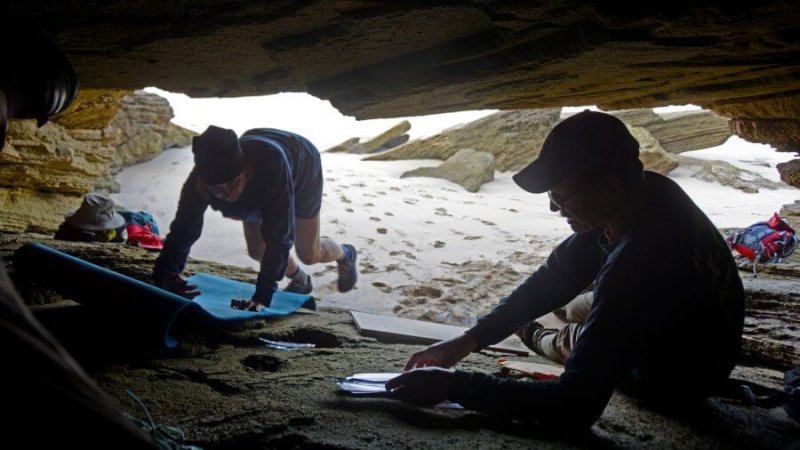When preserved, footprints are a library of clues about a human’s activities, speed of travel, height, weight, and sometimes even sex. They are, however, remarkably rare in the archaeological record.
…
“It turns out under very specific conditions, coastal regions can be ideal for preserving tracks,” says Duncan McLaren, an archaeologist at the University of Victoria in British Columbia and Hakai Institute scholar, who reported finding [ancient] footprints on Calvert Island.
…
“Coasts have a lot of soft sediment where tracks or footprints are easily made or left,” says McLaren. “Then wind or wave action fills them with sand or silt.”
…
Calvert Island’s location, separated from the mainland by five kilometers of open water, is circumstantial evidence of another sort. For almost a century, theories about the arrival of humans in the Americas have been focused on the Bering Strait and [the Asian-North American] land bridge.
…
Researchers are calling it the kelp highway hypothesis: humans were in the Americas as early as 15,000 years ago, at a time when the Bering Strait was a land bridge, but the evidence suggests early Americans also traveled by boat.
…
Archaeologists have never found boats that old in the Americas, or anywhere else. But the Calvert Island tracks strongly suggest that humans not only possessed the technology but were adept at using it.
Read full, original post: Where Our Human Ancestors Made an Impression































